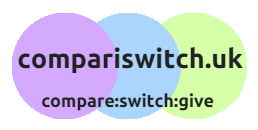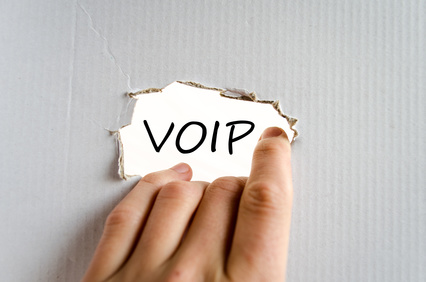

The term ‘broadband’ includes any fast and permanent internet connection, whether that’s provided by cable, mobile, fibre optics or ADSL. The alternative to broadband is ‘dial up’ internet, which many of us will remember as a very slow connection that was often interrupted. Today, there are a number of broadband options available, each of which works in a different way.
ADSL broadband
ADSL broadband is delivered through the existing BT local phone exchange via the old copper telephone wires. Your ISP will send you a router that plugs into the phone socket. Your computer equipment needs to connect to the router to get online.
Cable broadband
ADSL is the most widely available type of broadband but a number of cable companies also offer broadband via their existing cable networks. The cables that carry TV shows etc also carry the internet. Speeds are comparable to ADSL.
Satellite broadband
This is one of the newest broadband options and not yet that developed. Broadband is delivered via satellite dish on the property. One of the downsides is that it can be easily interrupted, for example by bad weather.
Mobile broadband
Mobile broadband gives users access to the internet wherever there is a phone signal via a dongle or data card.
Fibre broadband
Fibre optic cables contain tiny wires that transmit pulses of light, providing the fastest option for broadband. Fibre isn’t available everywhere in the UK yet as these fibre option cables have to be laid. However, where access is available, broadband speeds can be up to 5 x faster than ADSL.



